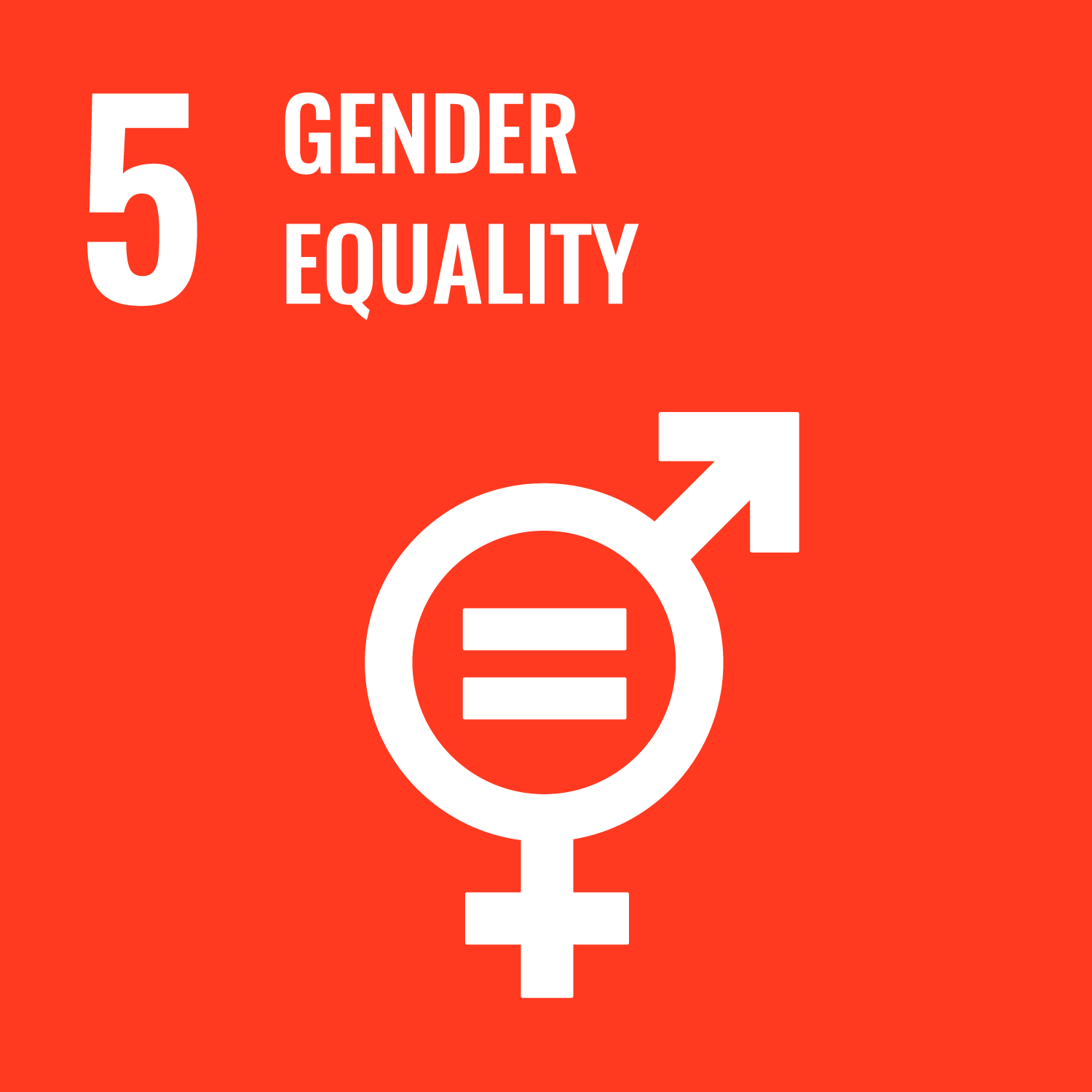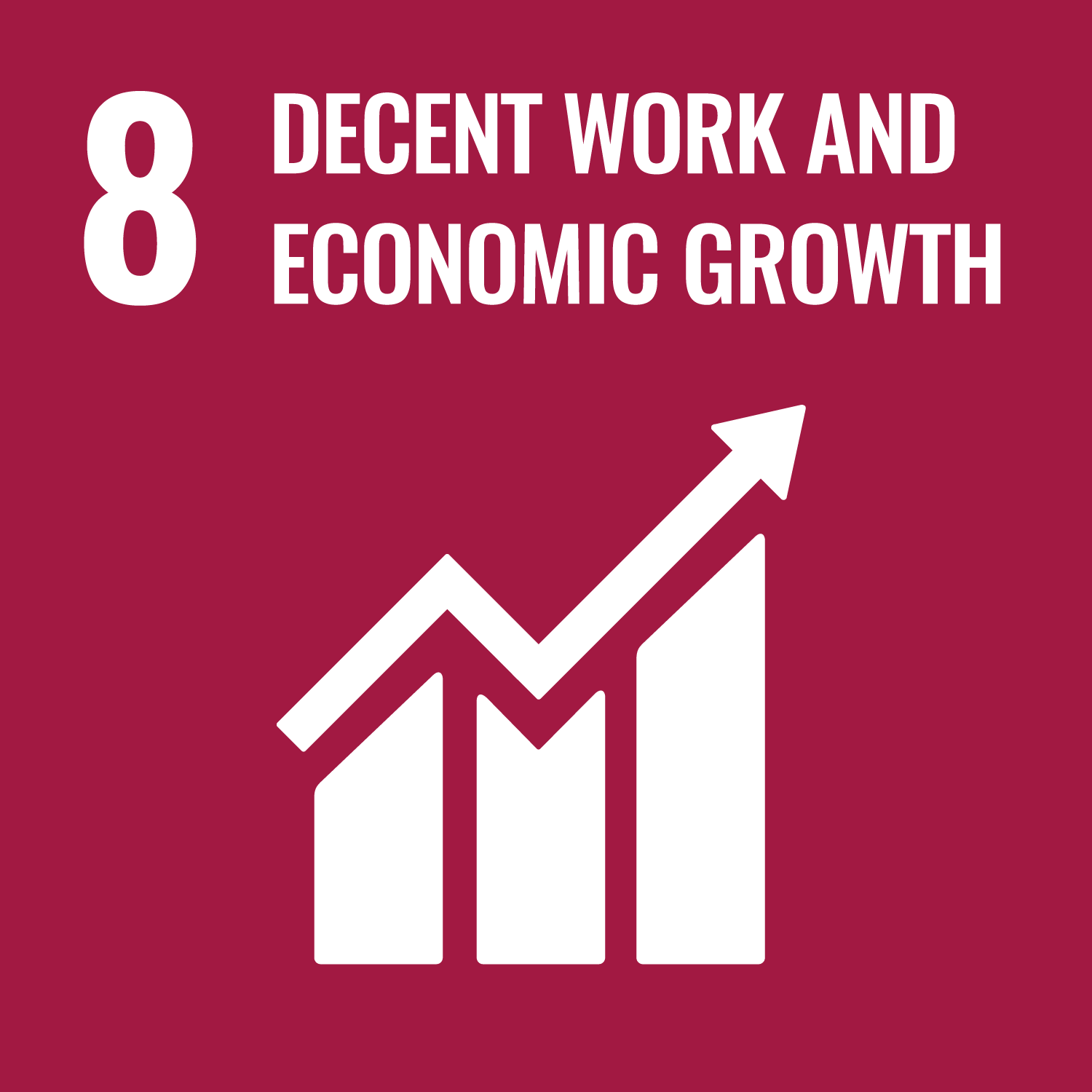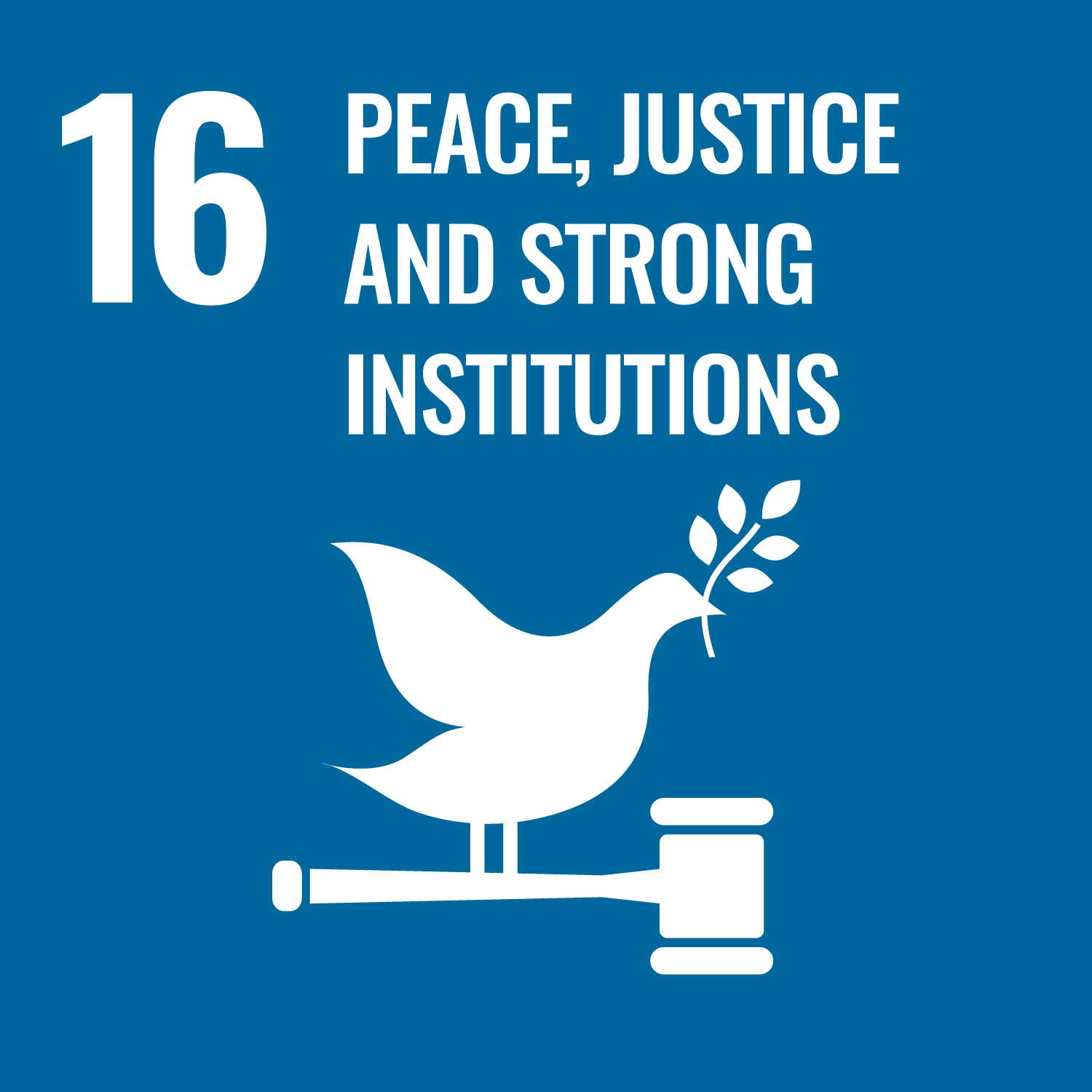This outlines USAID’s approach to LGBT inclusion in its work. This document was developed following President Obama’s Presidential Memorandum directly all federally funded agencies working overseas to promote and protect the rights of LGBT people. This document outlines USAID’s commitment to include LGBT people and considerations across all aspects of its work. The document opens by providing an introduction covering USAID’s vision and a statement of the problem of global homophobia and transphobia. This section specifically touches upon violence and hate speech, political disenfranchisement, obstacles to health care, and the impact of discrimination on livelihoods.
The following section looks at key principles for USAID programming, including county and contextual relevance; integrating LGBT issues into USAID’s work; creating safe spaces for dialogue; supporting and mobilising LGBT communities; building partnerships and creating allies and champions. This section includes specific examples.
The following section looks at points of entry and promising approaches for LGBT-inclusive development work. This includes looking at operational policies and sectoral programming examples including HIV/AIDS and good governance. The final section looks at USAID’s priorities moving forward. This section touches upon increasing capacity for inclusive development at USAID through the development of tools and trainings; building capacity of local organisations; holding itself accountable for discrimination, and setting a learning agenda.








